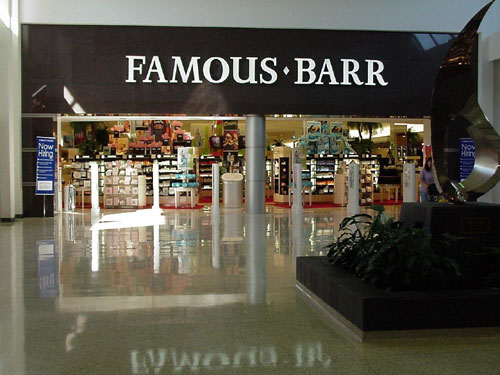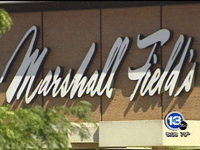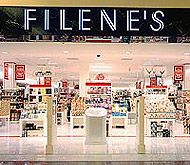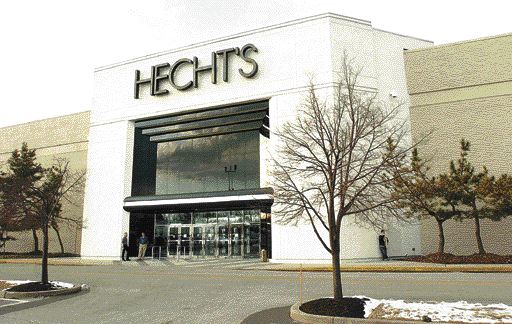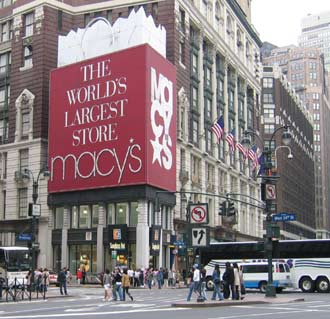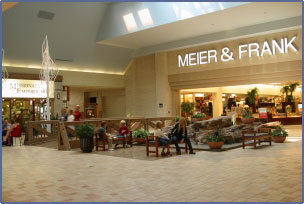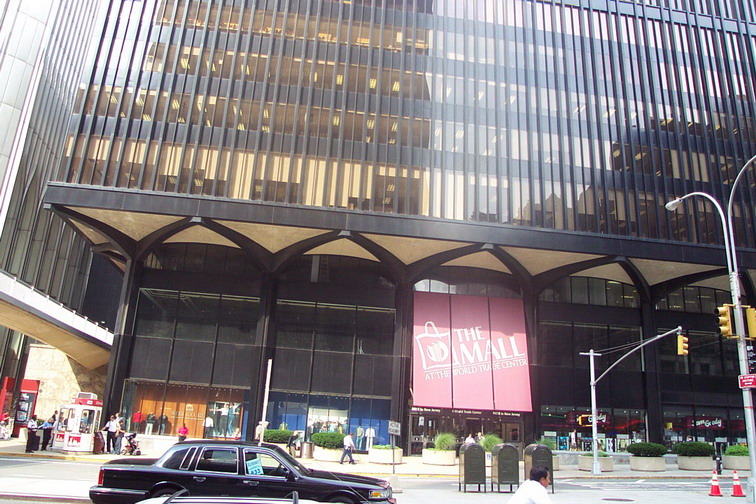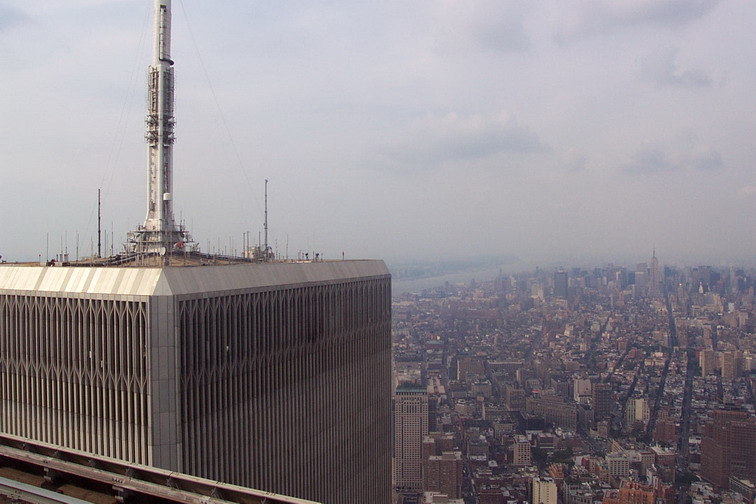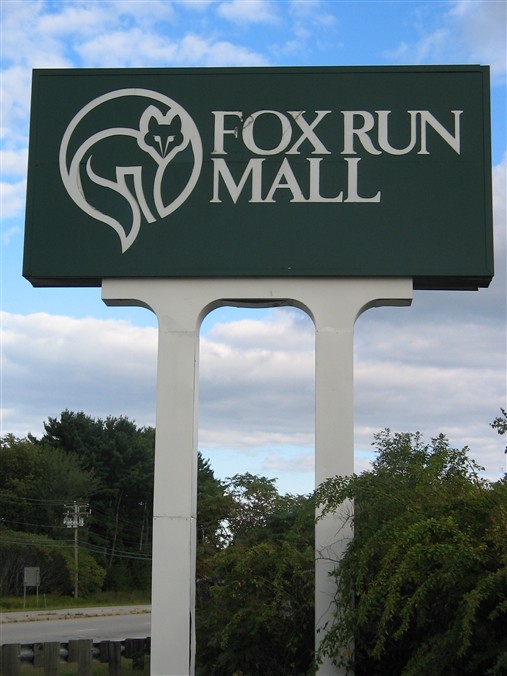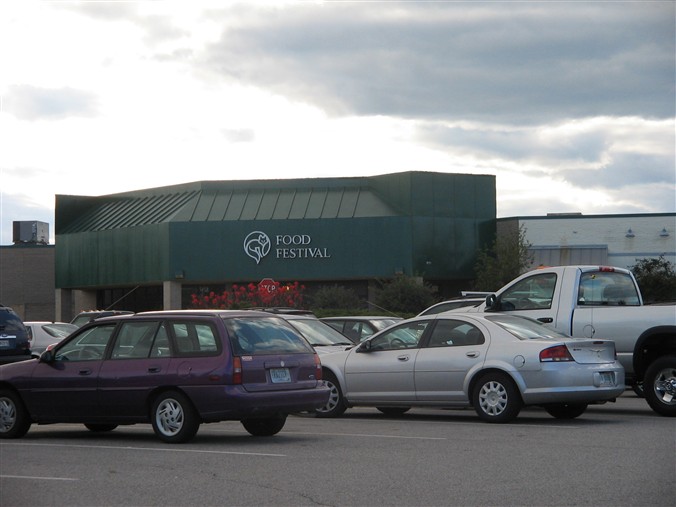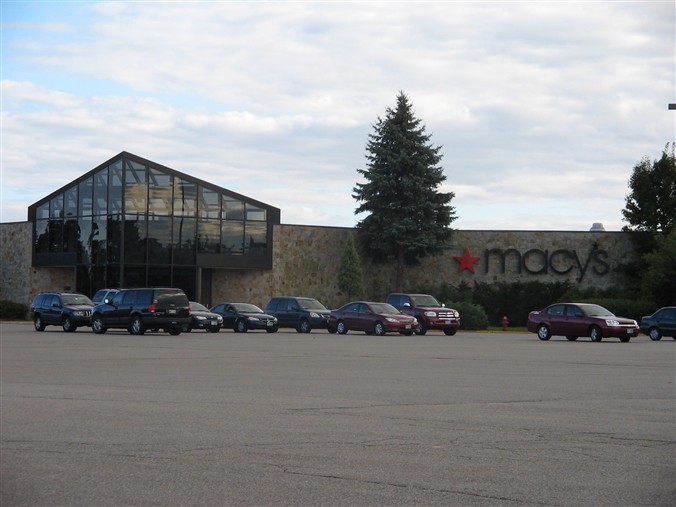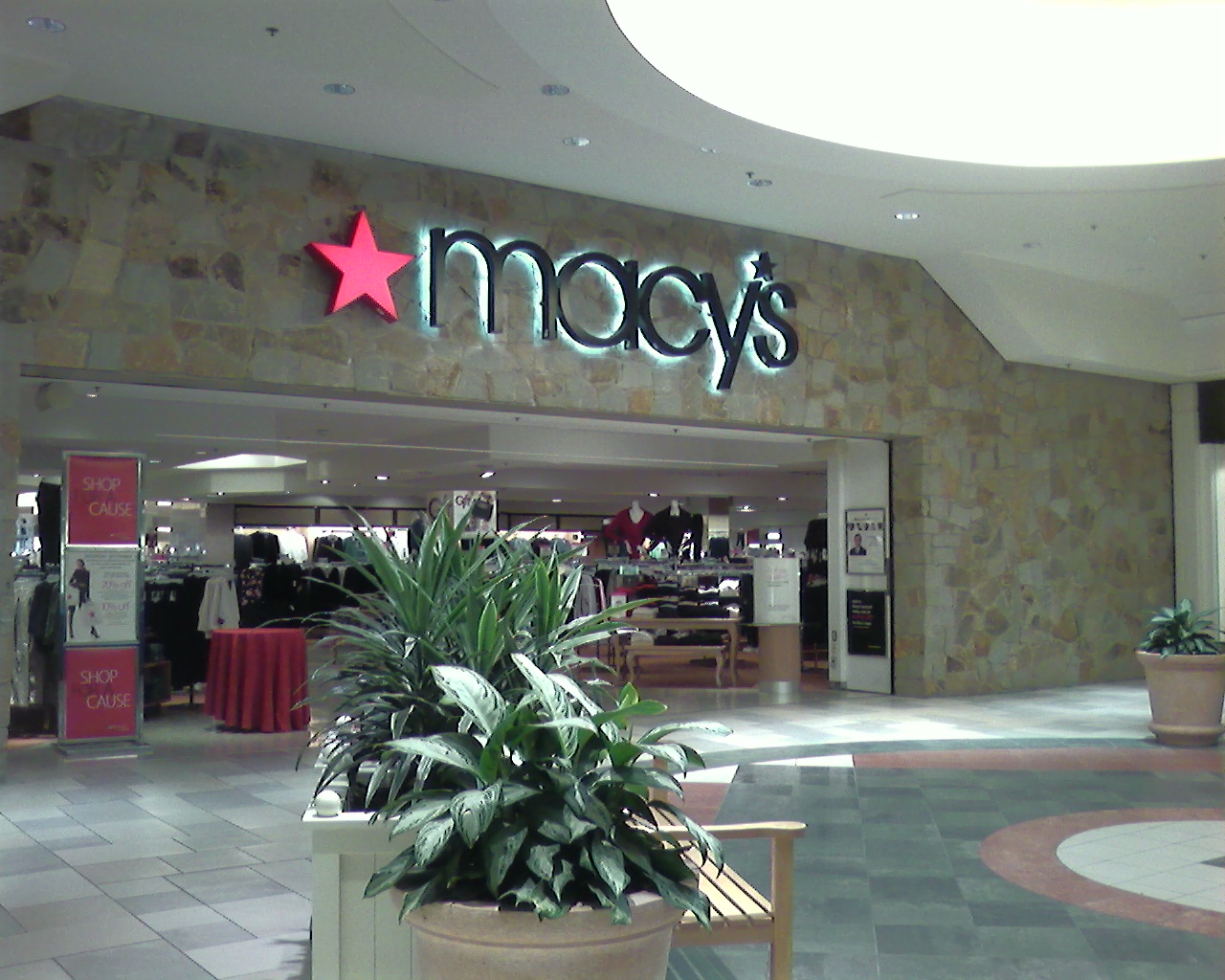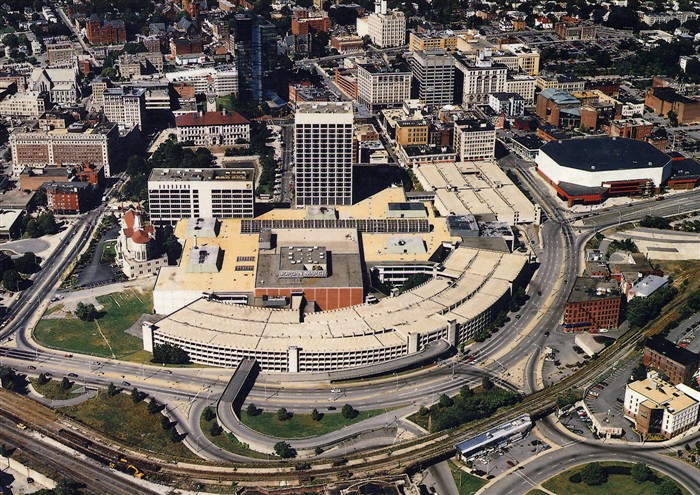
Worcester Common is New England’s largest and most notorious dead mall. It has died twice, in separate decades. At various points, it has stood as a crown jewel of achievement or as a mark of embarassment. It was once saved by television star Judith Light. The mall itself was built in an attempt at saving a large, dying city whose economy was built on a long-lost manufacturing industry. It is a classic example of an urban renewal project gone wrong, built on an inhuman scale and unkind to its surroundings. Current plans call for developer Berkley Investments to attempt to make it right.
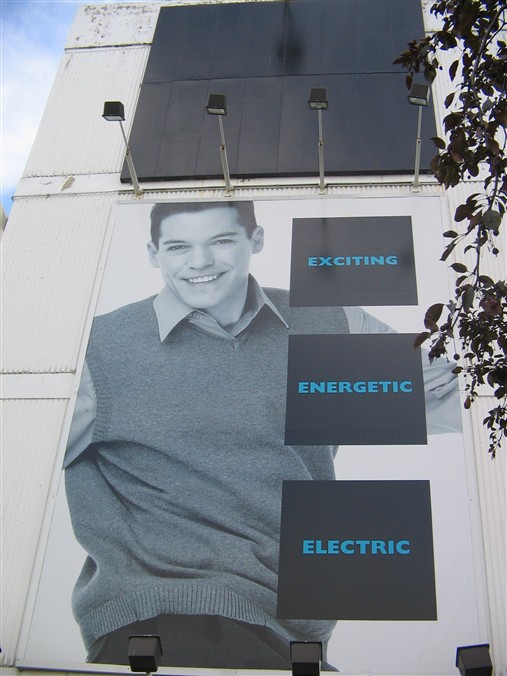 The Worcester Common Fashion Outlets originally opened as the Worcester Center Galleria on July 29, 1971. Intended as a way to export the fashions of Boston to the suburbs while revitalizing the ailing downtown of Worcester, Massachusetts’ second largest city, the mall was to be state of the art for its time. Built by demolishing a large swath of the eastern edge of Worcester’s downtown in what was then de rigeur urban renewal, the mall boasted 1,000,000 square feet of floor space snuggled between a pair of skyscrapers, with big city fashion stores like Filene’s, Jordan Marsh, and Kennedy’s. The Worcester Galleria’s centerpiece was its long, two story glass atrium, modeled after the ancient Galleria Vittorio Emanuele II in Milan, Italy, which allowed copious natural light to filter into the mall. Unusual for its time, the mall drew residents of not only Worcester but of many nearby suburbs looking for the finest in big city fashions all under one roof. To help bring them in, the mall was ringed by a 4,300-car parking structure, at its time the largest parking garage in the world.
The Worcester Common Fashion Outlets originally opened as the Worcester Center Galleria on July 29, 1971. Intended as a way to export the fashions of Boston to the suburbs while revitalizing the ailing downtown of Worcester, Massachusetts’ second largest city, the mall was to be state of the art for its time. Built by demolishing a large swath of the eastern edge of Worcester’s downtown in what was then de rigeur urban renewal, the mall boasted 1,000,000 square feet of floor space snuggled between a pair of skyscrapers, with big city fashion stores like Filene’s, Jordan Marsh, and Kennedy’s. The Worcester Galleria’s centerpiece was its long, two story glass atrium, modeled after the ancient Galleria Vittorio Emanuele II in Milan, Italy, which allowed copious natural light to filter into the mall. Unusual for its time, the mall drew residents of not only Worcester but of many nearby suburbs looking for the finest in big city fashions all under one roof. To help bring them in, the mall was ringed by a 4,300-car parking structure, at its time the largest parking garage in the world.
Unfortunately, as early as 1973 the mall faced concerns that it was not viable, and it floundered for much of its life, in part due to its location. Many suburbanites were afraid of shopping there, as the mall attracted a certain city element that scared them off (this being the era of suburbanization, after all). Similarly, many residents of Worcester immediately resented the way the mall replaced so much of the city’s historic downtown and created an impenetrable wall between downtown and the east side. This excellent Worcester Magazine photo essay and oral history of the mall–which includes many vintage photos–details what it was like at the original Worcester Center Galleria from 1971 to 1993. (Worcester Magazine has taken this piece down, but if you know where to locate it somewhere on the web–or would like to provide us with some of the content, please leave a comment. This was a great piece and I’m sad it has gone away.)
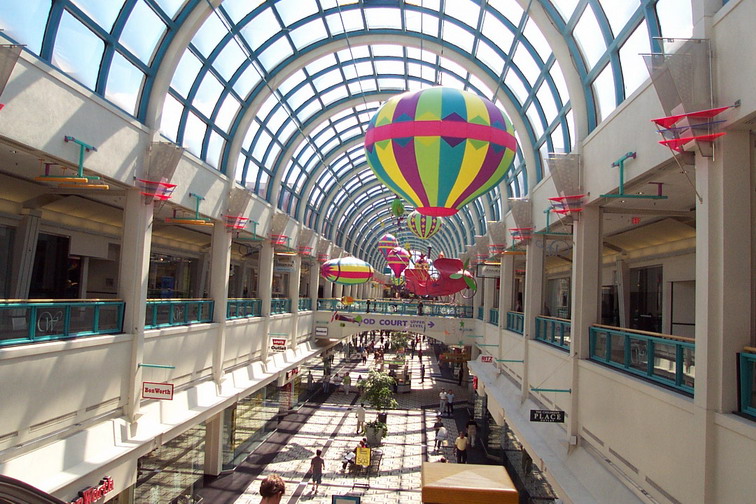
By the mid-1990s, the Worcester Center Galleria had lost most of its customer base due to stronger suburban malls (most of which will be detailed in subsequent posts in the coming weeks). Steven Karp’s Malls of New England Development, the company responsible for building many of the newer successful malls throughout the region (all of which were sold to Simon in 1999), purchased the mall and dramatically repositioned it as the Worcester Common Fashion Outlets. Much of the interior of the mall was renovated, with carpeting added throughout the interiors and an unusual roster of tenants (leaning on outlet stores, and approximately mirroring the typical Mills mall) brought in to help. With the original anchors gone, the mall now boasted Sports Authority, Bed Bath and Beyond (both sharing the former Jordan Marsh space), Saks Off Fifth Avenue Outlet, VF Factory Outlets, Media Play, and Filene’s Basement as anchors.
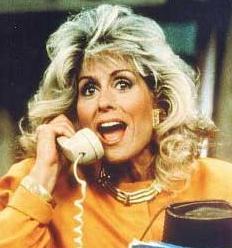 But that wouldn’t be enough. The mall needed Judith Light.
But that wouldn’t be enough. The mall needed Judith Light.
Judith Light became Worcester Common Fashion Outlets’ spokeswoman in 1994, appearing in a large and widespread publicity campaign, complete with advertisements in nearly all forms of media. Light was available to sign autographs and meet shoppers at the mall for a somewhat extended period of time when the mall first opened (a week or so, I believe?) and the thrust of the campaign was that Light shopped there, so you should too. This campaign made absolutely no mention of the old Worcester Center Galleria. It worked, bringing shoppers back to Worcester Common in droves. The mall was a success. Two years later, in 1996, its name was shortened simply to Worcester Common Outlets.
Sadly, this resurgence would be even more short lived.
In 1997, the massive Wrentham Village Premium Outlets opened in the southwestern portion of interstate 495, in a location that was both convenient and suburban, lending at least the impression of greater safety. Similarly, Wrentham Village was one of the first of the modern outlet centers built in New England–instead of London Fog and Van Heusen, the center leaned heavily on fashion favorites like The Gap or gizmo shacks like the Sony Store. It was also bigger, with over 200 tenants. Suddenly there was little reason to return to the Worcester Common Outlets.
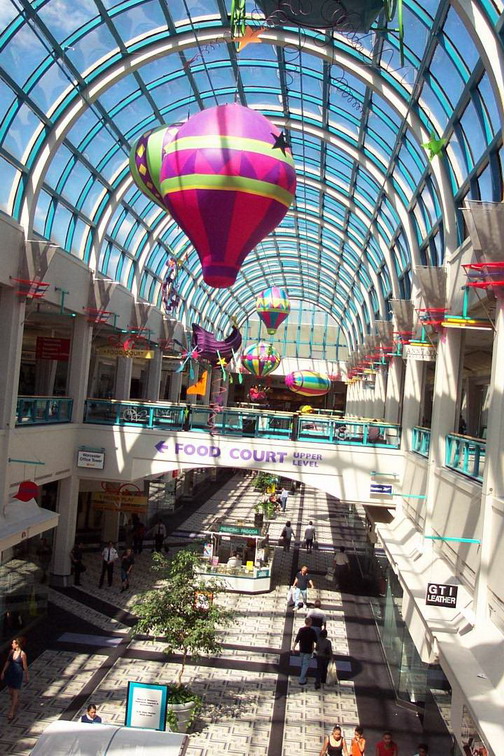 Beginning that year, Worcester Common died an agonizingly slow death, losing customers and stores slowly with each passing year. Like many downtown malls, it retained its busy food court, but stores progressively emptied out, leaving large swaths of the still-immaculate mall empty. In 1999, the mall suffered a minor bout of bad publicity after the famous Worcester warehouse fire, wherein six firefighters lost their lives trying to save two homeless people living inside of an abandoned cold storage building. Said homeless residents, who had been inadvertently responsible for setting the fire, fled the building and were listening to music at the mall’s Media Play store while firefighters thought they were attempting to save them from the burning building.
Beginning that year, Worcester Common died an agonizingly slow death, losing customers and stores slowly with each passing year. Like many downtown malls, it retained its busy food court, but stores progressively emptied out, leaving large swaths of the still-immaculate mall empty. In 1999, the mall suffered a minor bout of bad publicity after the famous Worcester warehouse fire, wherein six firefighters lost their lives trying to save two homeless people living inside of an abandoned cold storage building. Said homeless residents, who had been inadvertently responsible for setting the fire, fled the building and were listening to music at the mall’s Media Play store while firefighters thought they were attempting to save them from the burning building.
The long side-wing to access Sports Authority and Bed Bath and Beyond emptied first, as both anchors threw in the towel, and was converted for a time to the Quinsigamond Community College. The rest of the mall slowly followed until the 2004 announcement that Berkley Investments of Boston planned to purchase the ailing mall and demolish it. Their plan was to re-knit the street pattern of downtown Worcester with a project dubbed CitySquare, recreating much of the neighborhood that was lost in the original urban renewal project and eliminating the inward-facing mall, which had at this point died twice. Tenants leases were not renewed, and the mall was closed in phases, with the last of the mall shutting for good in April 2006.
My own final visit to the interior of the mall was in May of 2004, and the Worcester Common Outlets were clean and sparkling as always… but almost completely devoid of customers or activity. Most stores had left, and the only ones that had arrived in recent times were service businesses or a wig shop. Like in most downtown malls, the food court continued to hum but little else did. The Media Play had the distinctive stink of a dying beast, with a rather spare collection of merchandise spread bizarrely through their large store to make it look more “full.” Nothing was merchandised on the slatwall on all sides of the store, and at least one of the CD displays had fully collapsed but no one seemed to care.
As of today, nothing has been done with the property beyond the relocation of a CVS Pharmacy from inside the mall to an exterior-facing space in the former Media Play, though here are two diagrams from the developer showing the current and future configurations of the property:
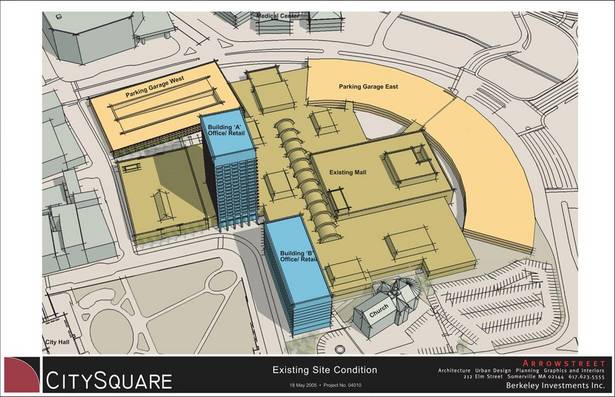
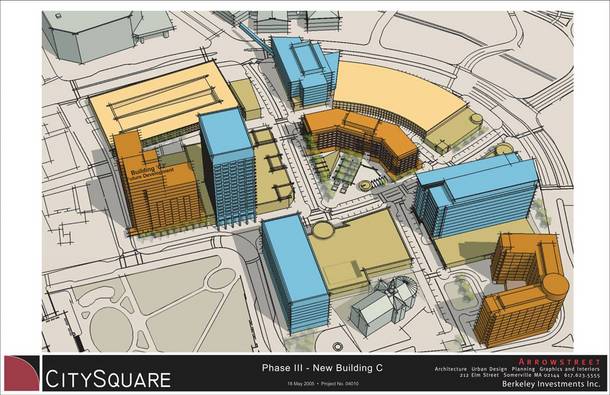
In retrospect, the Worcester Center Galleria and Worcester Common Fashion Outlets bridged what was perhaps the most troubled era in Worcester’s history. After having lost its job base and facing the outmigration of the post-war era, Worcester suffered and the mall was an attempt at creating a band-aid to stop the bleeding. Unfortunately, a large swath of downtown was sacrificed in the process. Now, with urbanization a strong, established trend and Worcester’s increasing popularity with people priced out of Boston who crave an urban lifestyle, the CitySquare development is poised to at least help and recreate the Worcester that was. Not many tears will be shed for the mall, but it was an important part of the city’s history nonetheless.
There is an excellent thread on the topic, complete with many photos, at UrbanPlanet for those who are interested in reading further.
The photos on this page arrive from a variety of sources. The diagrams of the new development are taken from Berkeley Investments CitySquare Website, and the aerial photo at top is from a fifteen-year-old Metro Worcester atlas produced by the now-defunct Arrow map company. The 2001 shots, including all of the interiors of the mall, were taken by Prangeway. The 2006 shots, of the exteriors today, were all taken by me.
2001:






2006:














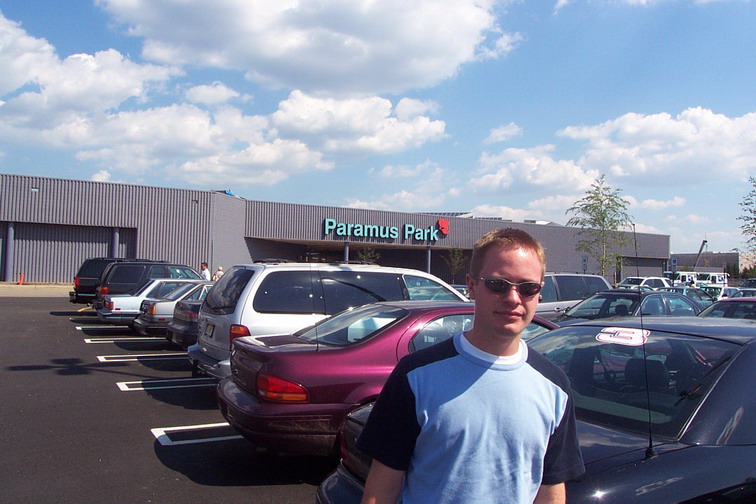
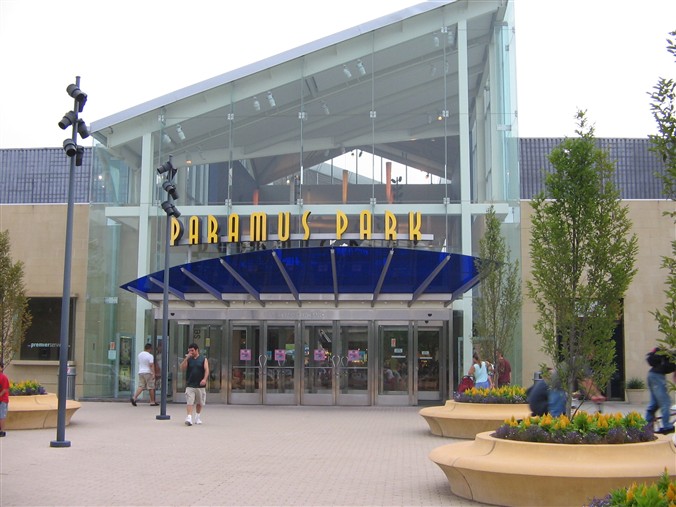



























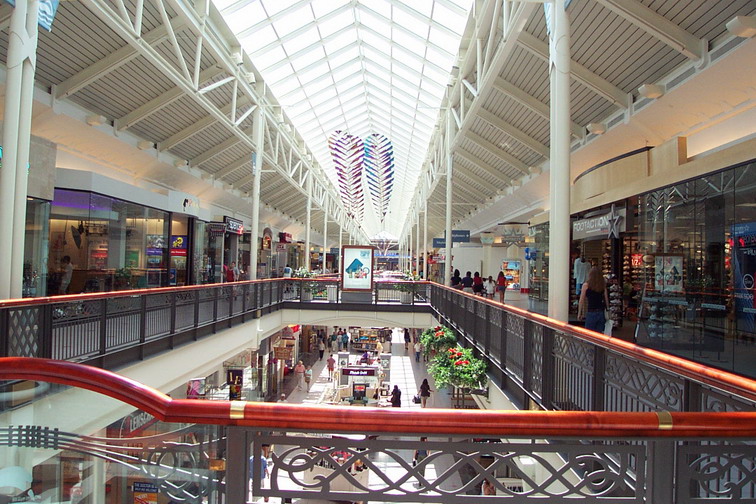

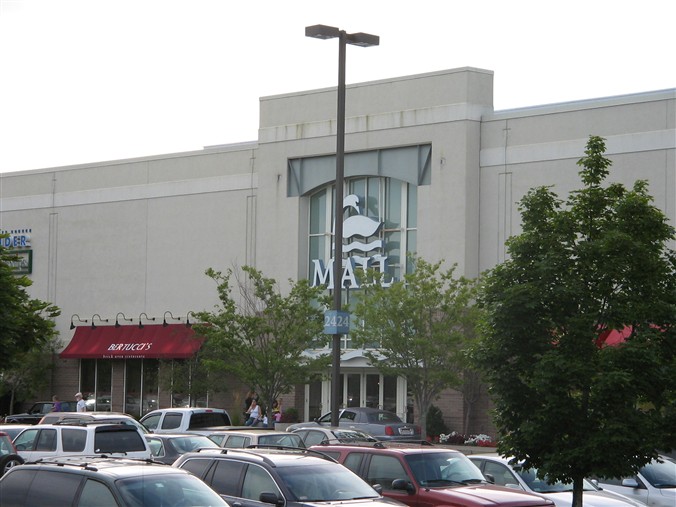

















































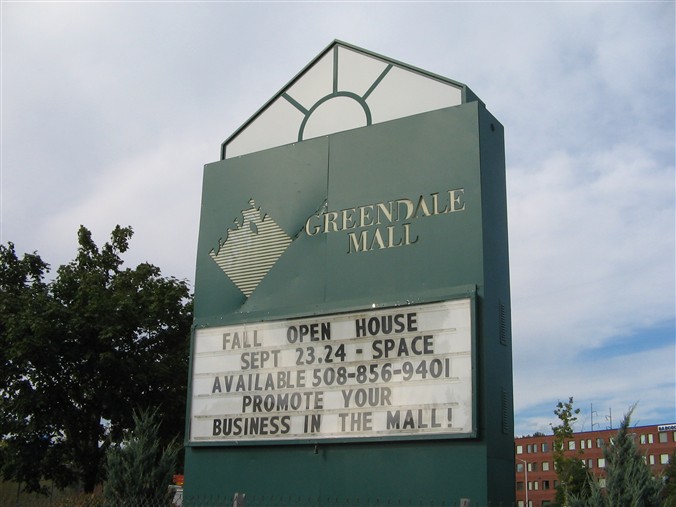
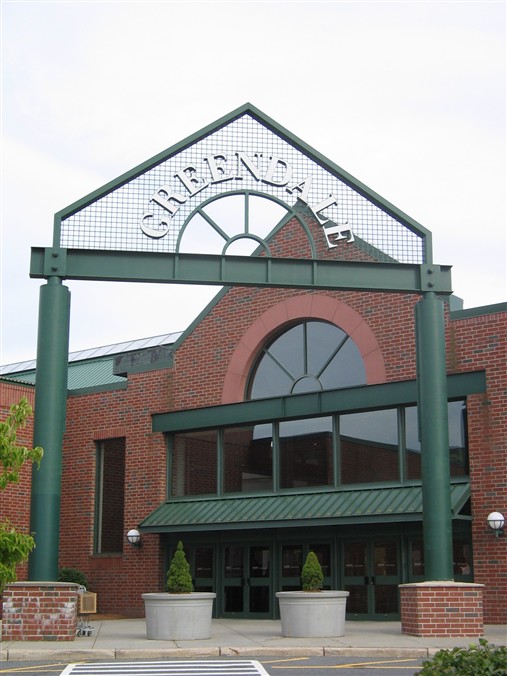





















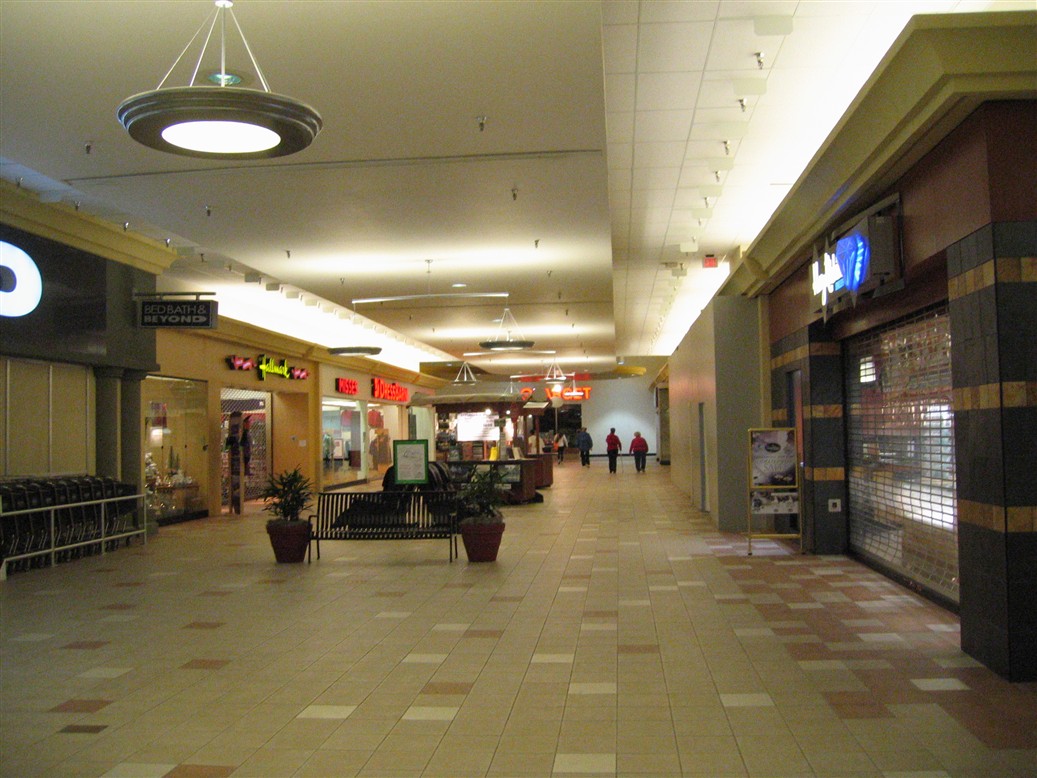






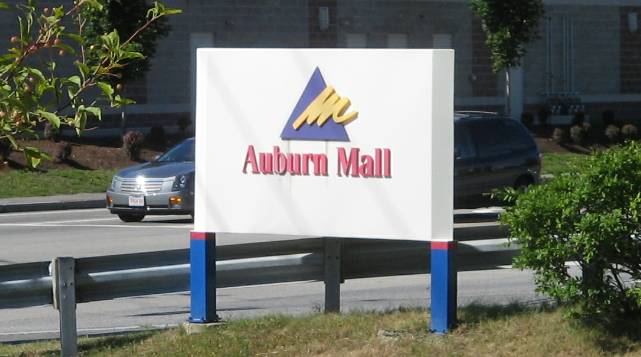
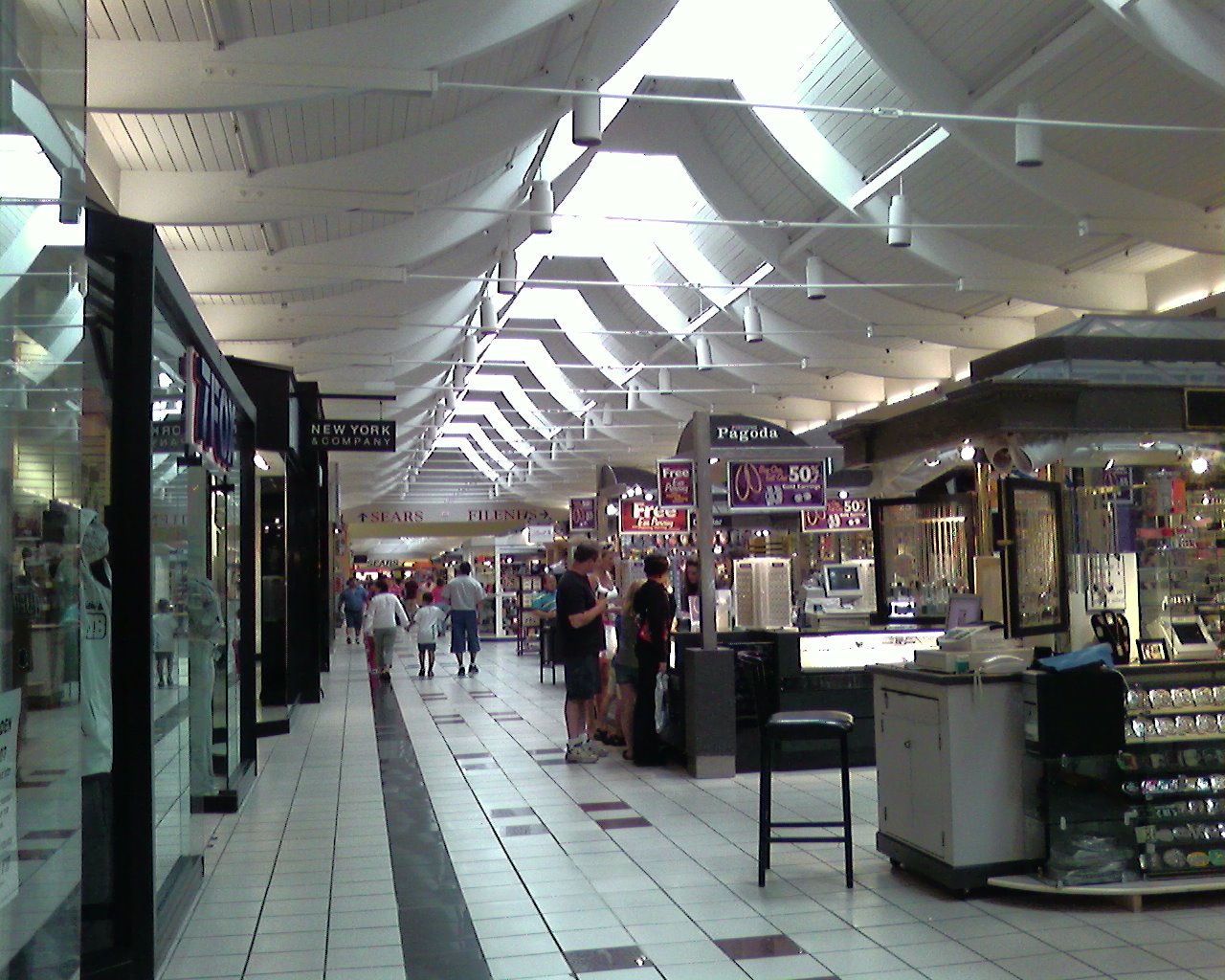
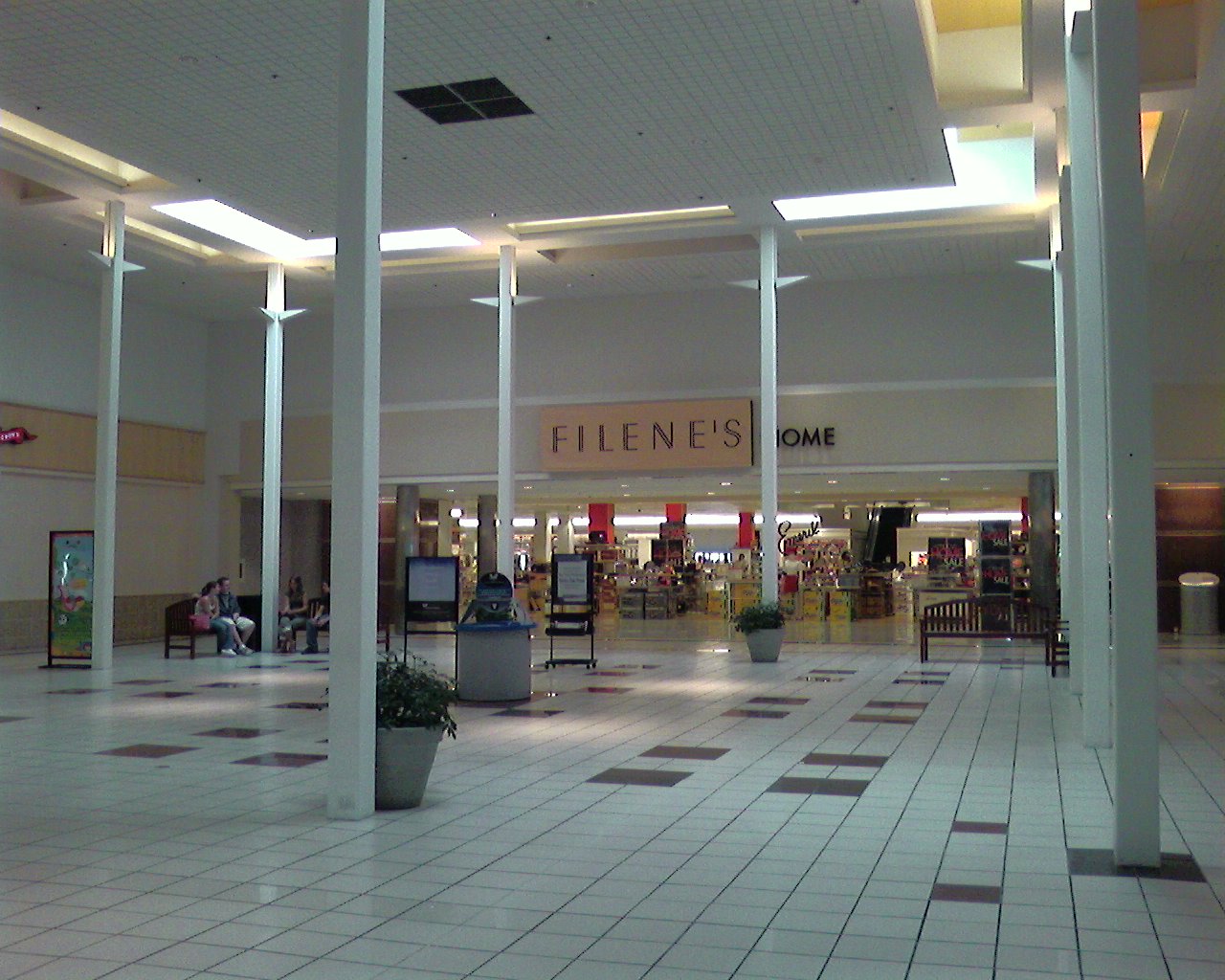
















 But that wouldn’t be enough. The mall needed Judith Light.
But that wouldn’t be enough. The mall needed Judith Light.






















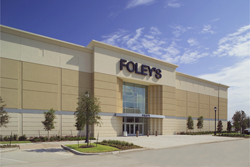 On Saturday of this past weekend, September 9, 2006, all of those brands officially became Macy’s
On Saturday of this past weekend, September 9, 2006, all of those brands officially became Macy’s